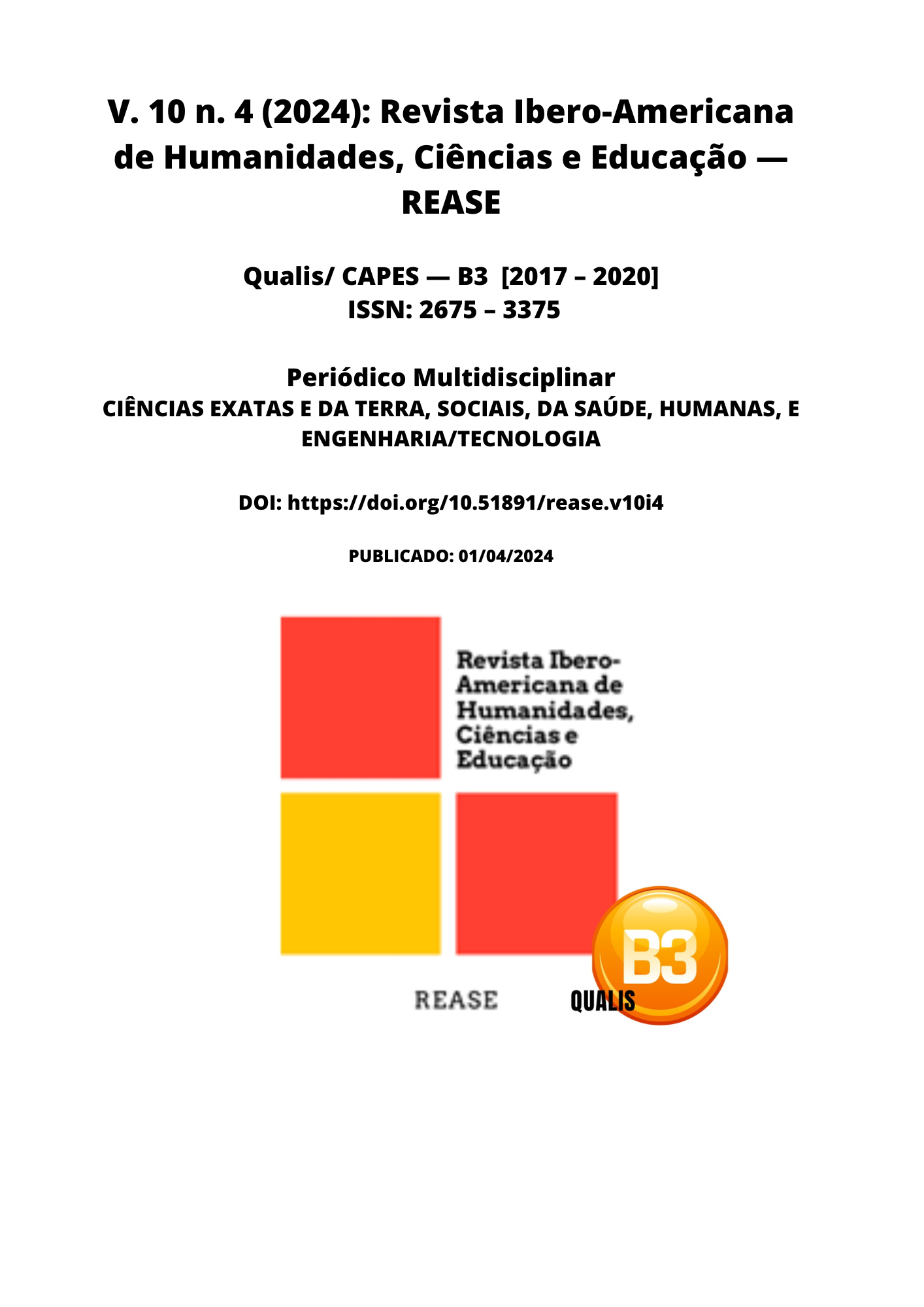TRAINING THE PAST FOR EDUCATION OF THE FUTURE: THE TEACHER AND DIGITAL TECHNOLOGIES
DOI:
https://doi.org/10.51891/rease.v10i4.13483Keywords:
Education. Digital Technologies. Teacher Training.Abstract
This article consists of a literature review on the educator's training process in the face of the challenges that arise with the constant changes in paradigms that digital technologies promote in society. We seek with him to reflect on teacher training established in past assumptions and on his pedagogical action that has not yet fully incorporated the use of digital technologies in the context of the classroom. There is a need to use technological tools as instruments that enable interaction and collaboration between educators and students, in order to give new meaning to the pedagogical action developed in the classroom. The integration of teacher training processes into technological reality is a process of knowledge construction. Which leads us to understand that rethinking educational action from a future perspective is much more than teaching classes with different technological devices.
Downloads
Downloads
Published
How to Cite
Issue
Section
Categories
License
Atribuição CC BY

